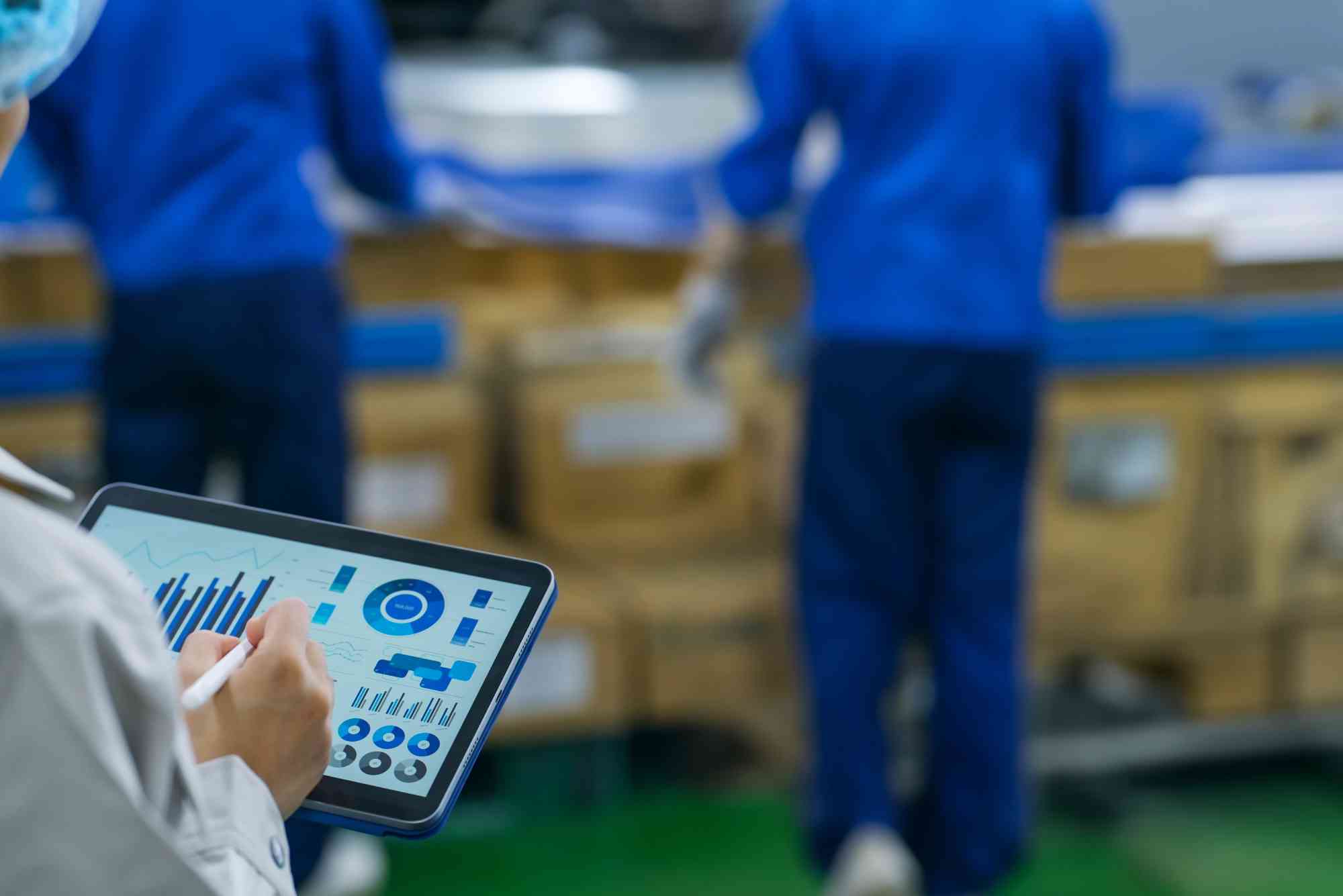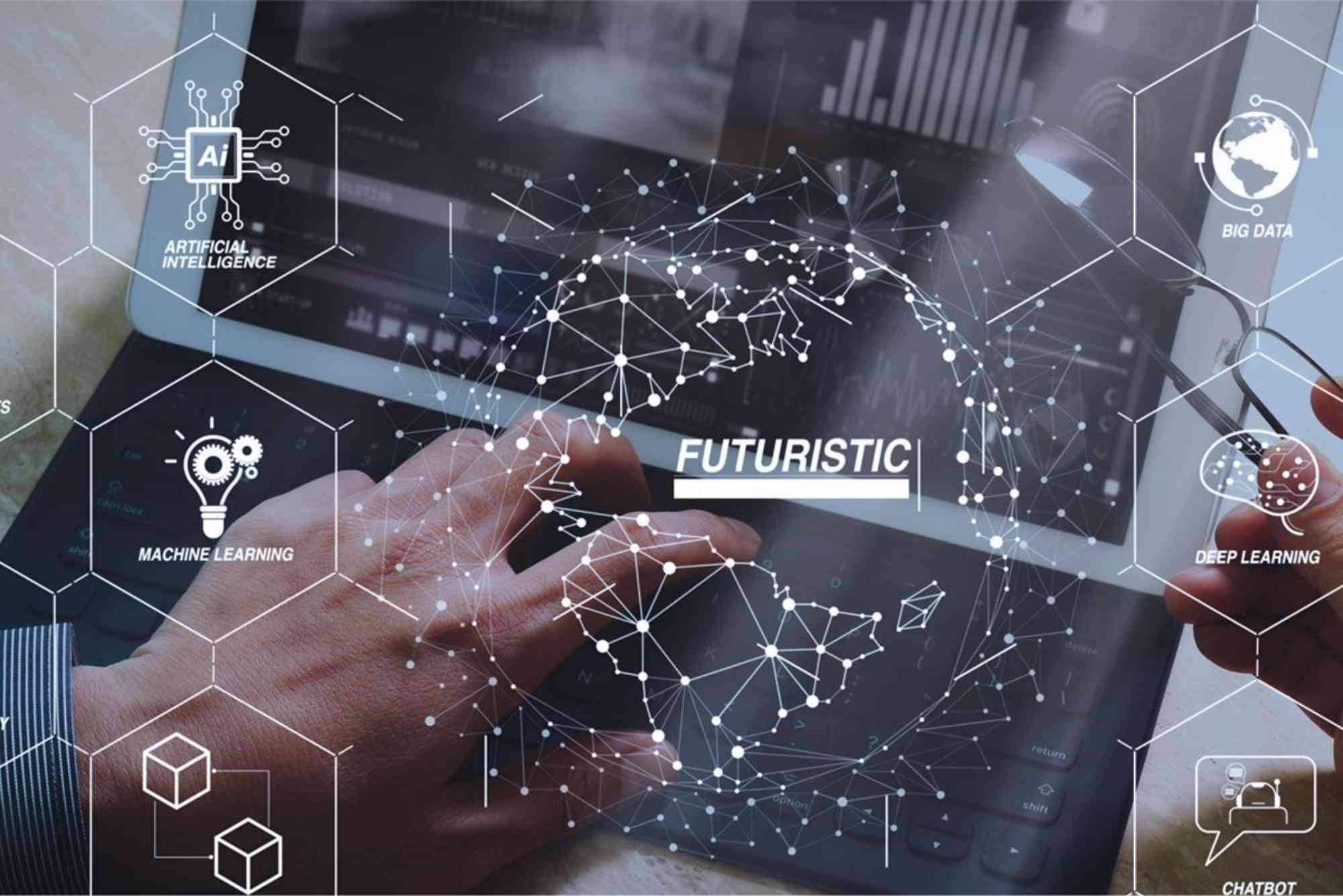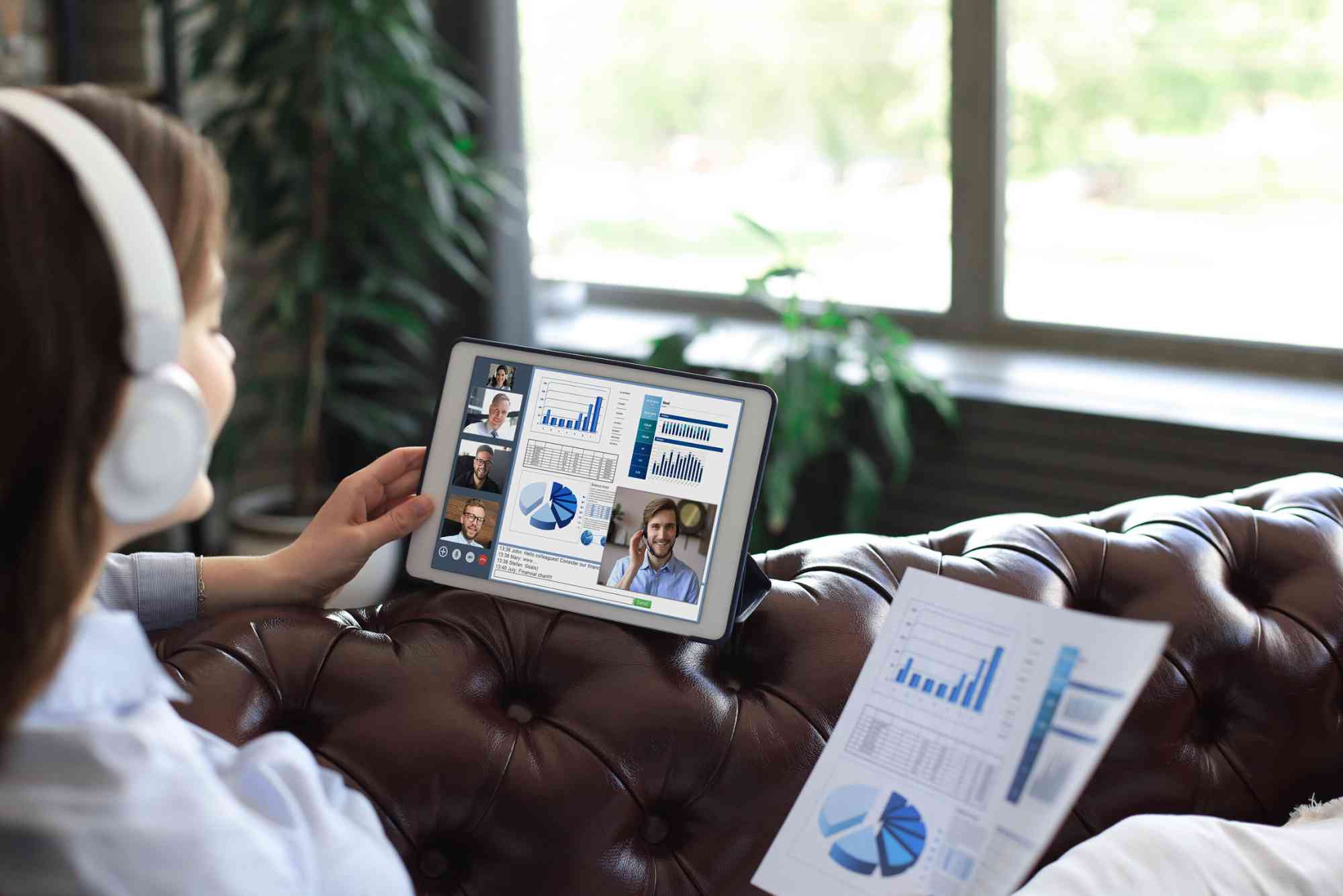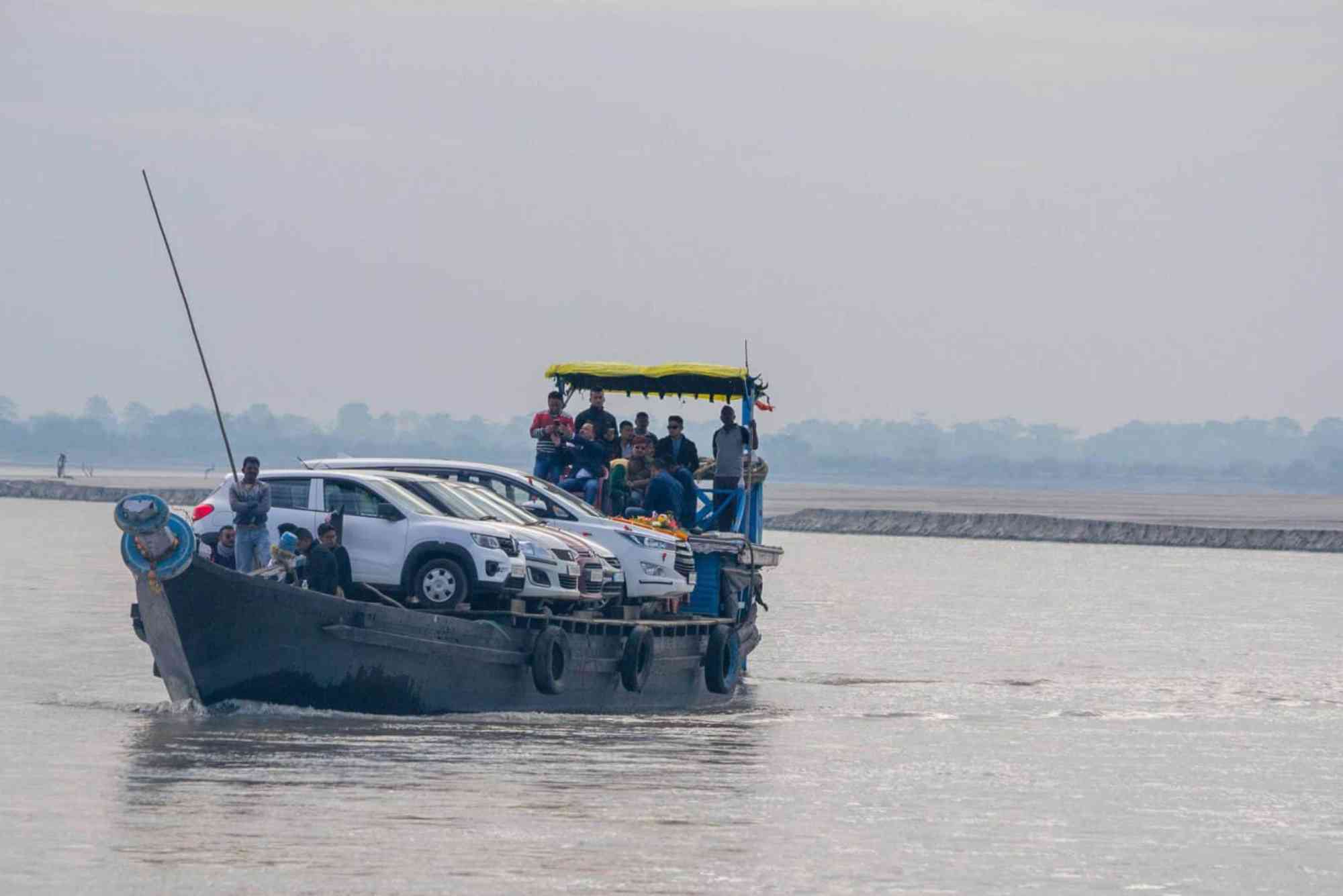Real-World Examples of Food Traceability in Action
Food safety, quality, and consumer trust are more critical than ever. Whether you’re a shopper at a grocery store or a stakeholder in a global supply chain, knowing where food comes from—and how it got there—matters. That’s where food traceability steps in. In this article, we explore powerful food traceability examples in action, showing how companies and countries are using technology to track food from farm to fork.
What is Food Traceability?
Food traceability refers to the ability to track the movement of food products through the supply chain. This includes identifying the origin of food, its processing, handling, storage, and distribution. It enables stakeholders to respond quickly to safety issues, recalls, or contamination incidents.
Why Food Traceability Matters
Traceability in food supply chains is no longer optional. With rising global food trade, increasing recalls, and health-conscious consumers, the demand for transparency is growing. Traceability helps:
- Prevent food fraud
- Enable faster recalls
- Enhance food safety compliance
- Boost consumer confidence
- Improve operational efficiency
Let’s dive into real-world food traceability examples that demonstrate its importance and effectiveness.
Global Examples of Food Traceability in Action
IBM and Walmart: Blockchain in the Produce Aisle
Walmart has been a trailblazer in using blockchain technology to track leafy greens. Working with IBM’s Food Trust platform, Walmart reduced the time it takes to trace a head of lettuce from farm to shelf from seven days to just 2.2 seconds.
This means that in the event of an E. coli outbreak, Walmart can identify the source in seconds, removing only the affected batches rather than pulling all lettuce off the shelves. It’s a remarkable example of how blockchain is transforming food traceability.
Nestlé’s Open Blockchain Pilot
Nestlé launched a blockchain pilot allowing consumers to scan QR codes and view detailed sourcing information. One product, the Mousline purée, enabled users to trace the journey of potatoes from French farms to their dinner plates. This approach not only increased transparency but also strengthened consumer trust.
By using open blockchain, Nestlé demonstrated how traceability can build brand loyalty in competitive markets.
Norway’s Seafood Industry
Norway, one of the world’s top seafood exporters, uses advanced traceability systems to track fish from catch to export. Every fish is tagged and tracked via QR codes or barcodes. These codes provide data on the catch date, location, vessel, and temperature conditions during transport.
This has helped Norwegian seafood maintain a reputation for freshness and safety, especially in high-demand markets like Japan and the EU.
The European Union’s Beef Labeling System
The EU has long mandated that all beef products must be traceable back to the animal’s farm of origin. After the mad cow disease outbreak in the 1990s, the EU implemented strict traceability laws. Labels must include origin, slaughterhouse details, and processing plant data.
This system reassures consumers and has become a model for traceability policies globally.
Australia’s Meat & Livestock Identification System
Australia uses the National Livestock Identification System (NLIS), one of the most robust traceability programs in the world. Every animal receives a radio-frequency identification (RFID) tag. From birth to processing, data is tracked and logged.
When disease outbreaks like foot-and-mouth threaten export markets, this system enables immediate response and containment.
How Food Traceability Examples Shape Consumer Trust
Each of these food traceability examples demonstrates one clear benefit: trust. In today’s marketplace, consumers want to know what they’re eating and where it comes from. Labels like “organic” or “sustainable” mean little without data to back them up.
Digital traceability offers this data in real-time, directly to consumers. Whether it’s a QR code on a fruit package or a transparency app by a food brand, traceability is shaping the future of ethical and responsible consumption.
Technologies Powering Food Traceability Examples
Food traceability isn’t just about tracking with paper records. Here’s how modern technology is driving this transformation.
Blockchain
Blockchain allows immutable, transparent records. Once data is entered, it cannot be changed. This prevents fraud and creates trust between suppliers and consumers.
RFID and IoT Sensors
Radio-frequency identification (RFID) tags and IoT (Internet of Things) devices provide real-time updates on temperature, location, and movement. They are especially useful for perishable goods.
Cloud-Based Traceability Software
Software like SAP, Oracle, and FoodLogiQ enables centralized tracking across suppliers, distributors, and retailers. They create data-rich records at every stage of the supply chain.
Mobile Apps and QR Codes
Apps and scannable codes allow consumers and retailers to access traceability data instantly. This has become common in Asian markets, especially for premium or imported goods.
Traceability in the Face of Food Crises
Let’s consider a real-world example of a crisis handled with traceability.
In 2018, a salmonella outbreak in eggs shook European markets. Thanks to the EU’s strict traceability system, regulators traced the source to a Dutch egg farm using contaminated pesticides. Because of timely traceability, over 20 countries were able to withdraw only the affected batches—minimizing disruption.
This example highlights why traceability is not just a feature—it’s a lifeline in emergencies.
Benefits of Strong Food Traceability Systems
Implementing effective traceability has both short-term and long-term benefits for stakeholders across the food ecosystem.
- For Consumers: Confidence in food safety and ethical sourcing
- For Producers: Easier recalls and better brand reputation
- For Retailers: Fewer liability risks and more loyal customers
- For Regulators: Faster responses to foodborne illnesses or fraud
- For Exporters: Easier compliance with global food safety standards
Challenges in Food Traceability
Despite these benefits, several challenges remain:
- Fragmented Systems: Many small suppliers still rely on paper records
- Costs: Implementing RFID, blockchain, or IoT tech can be expensive
- Data Standardization: No universal format for traceability data exists
- Data Privacy: Sharing supply chain info raises confidentiality concerns
However, as food safety regulations become stricter and technology more affordable, these challenges are becoming easier to overcome.
Future of Food Traceability
The future is clear: digital traceability will become a norm, not an option. Artificial intelligence and machine learning will soon predict risks before they happen. Blockchain adoption will expand, and consumers will demand more access to product histories.
From precision agriculture to carbon tracking, traceability is no longer limited to food safety—it’s becoming central to sustainability and ethics in the food industry.
FAQs
What is a real-life example of food traceability?
Walmart’s use of blockchain to track leafy greens is a real-world example. It enables instant tracking of produce from farm to shelf.
How does food traceability help in recalls?
It allows companies to pinpoint the exact location of contaminated items, preventing the need to recall entire product lines.
What technology is used in food traceability?
Common technologies include blockchain, RFID, IoT sensors, and cloud-based traceability software.
Which countries have the best food traceability systems?
Countries like Norway, Australia, Japan, and those in the EU have some of the most advanced traceability frameworks.
Why is traceability important in food safety?
It ensures faster detection of foodborne illnesses, improves accountability, and reduces the spread of contaminated goods.





